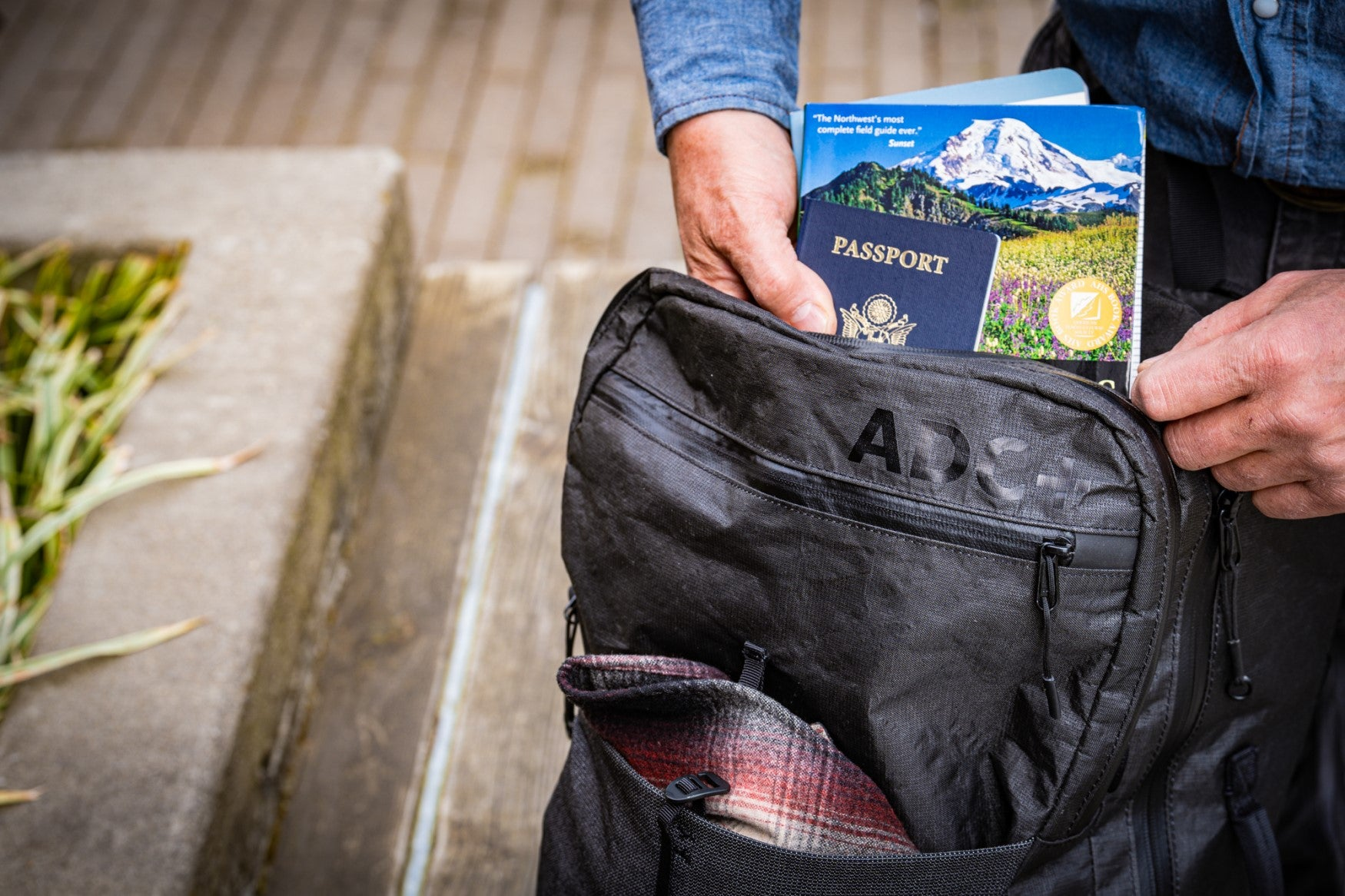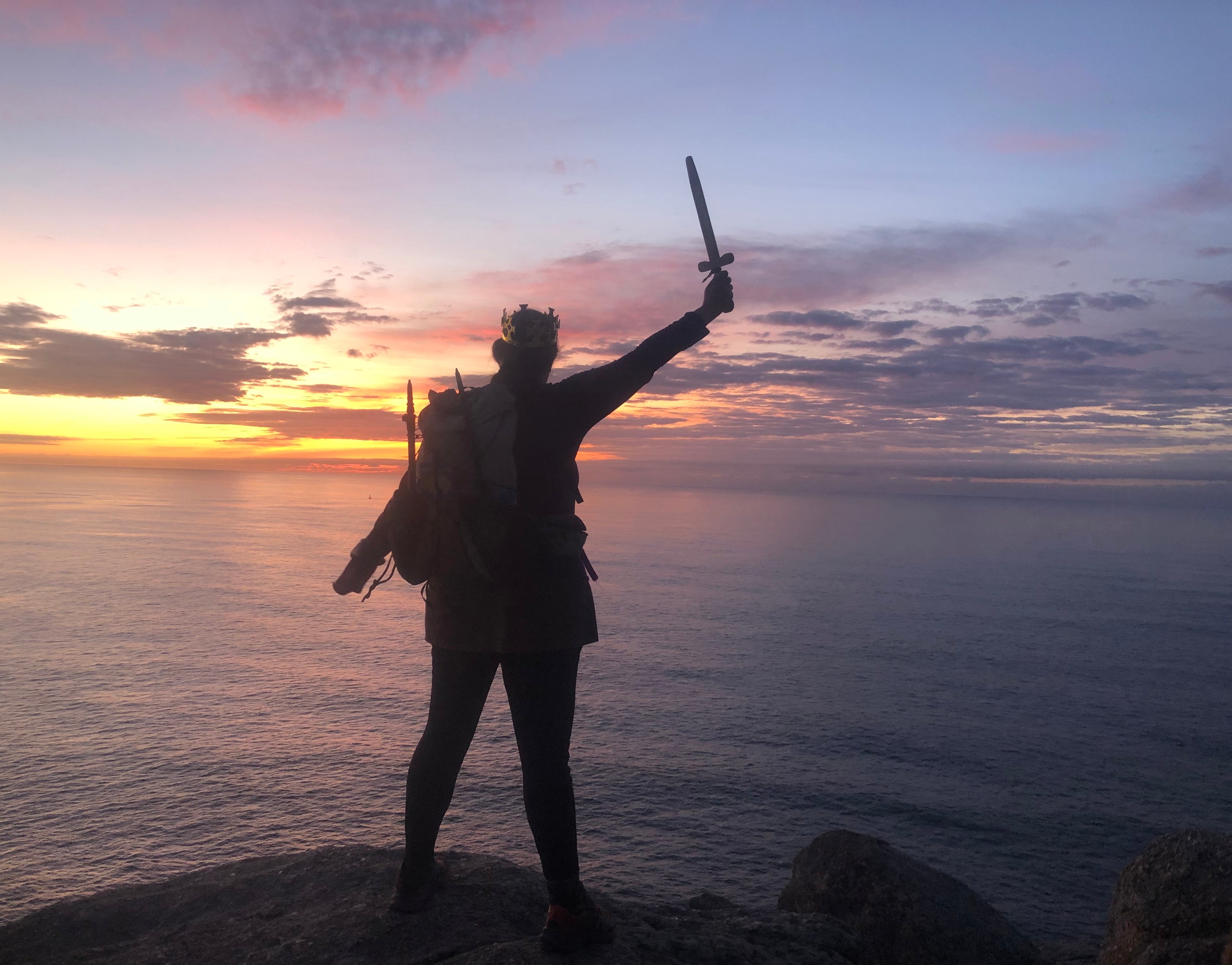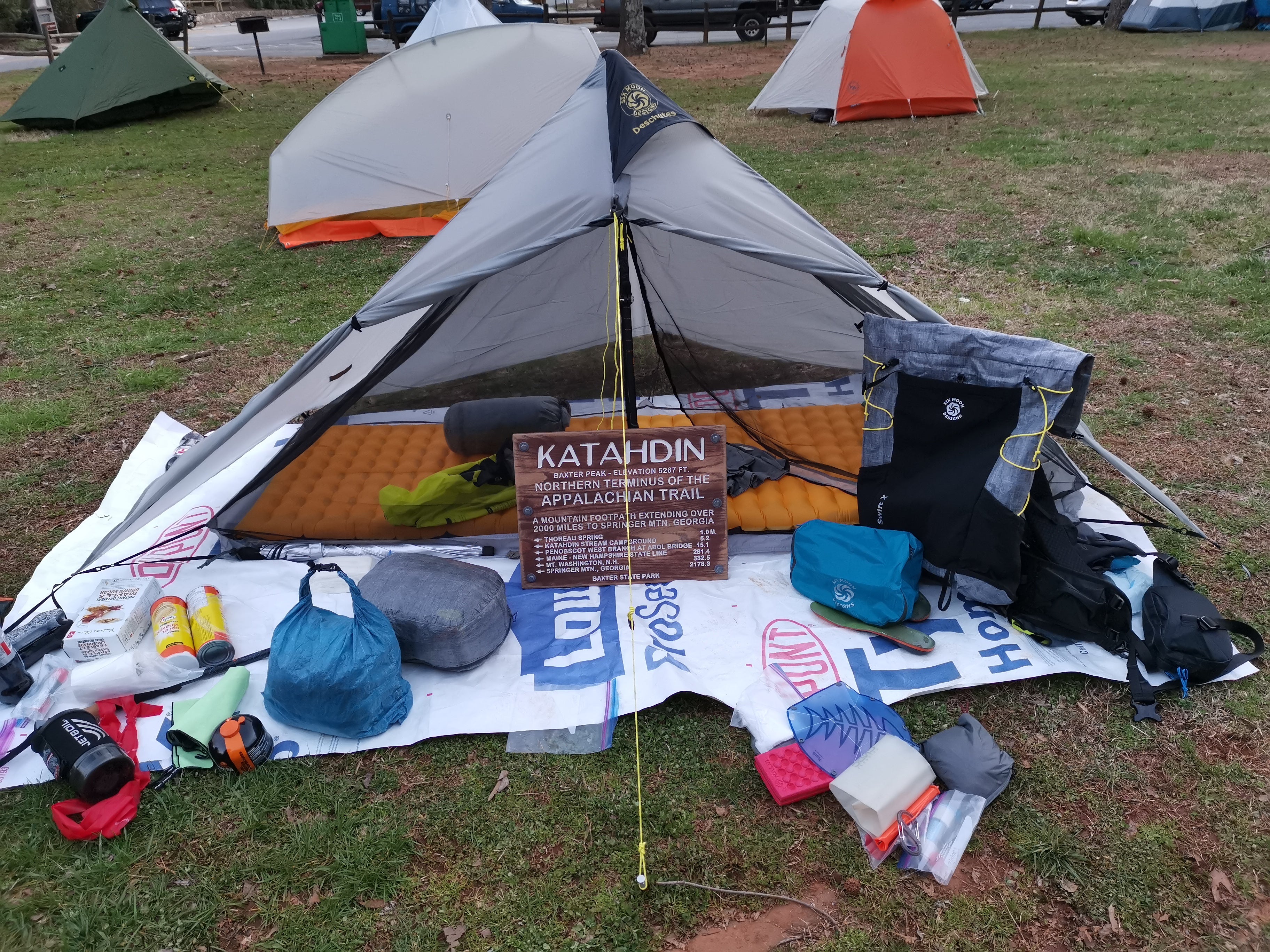
The author in the field getting ready for some Plein Air Painting
When I first decided to go outside my studio to try plein air painting, I thought it would be easy. After all, I had spent a lot of time in nature, barefoot running and doing Ultra marathons.I figured I was relatively fit for my age and capable of hiking long distances with gear. I was wrong though. Very wrong. Plein air painting is not easy. I’m not simply talking about the challenge of painting what you see but the physical demands on the body and mind. Early on I would pack way too much cumbersome heavy equipment, in essence taking my whole studio with me. I would also take my leisurely time painting the scene as I did in my studio, and I would wonder why after a few hours I was unable to carry on painting.
I’d return to the car with a sore back, a headache, hot and exhausted and with an unfinished painting, feeling defeated and pretty unhappy about the experience. I was forced to adapt and it needed to be quick.
The first thing I tended to was the amount of time allocated to completing the painting. I started by streamlining my process so that I could rely on some basic procedures and techniques. By locking in the shapes, values and colors that my eye could see that the camera would most likely not pick up, I formulated the foundation of the painting and freed up time to finish details and refine. This part took a while and to be honest I’m still experimenting a little each time I go out.
The second part was setting an intention. Picking a small aspect of my previous painting that I thought was weak (I had a lot to choose from!) and focusing on improving one small thing each time, allowing for small wins to accumulate.
Finally I needed to tend to my gear and make the experience itself more enjoyable. I thought back to the times I would hike and run with Ultralight backpacking equipment and I decided to put together a collection of equipment that was much lighter and functional, while omitting much of the unessentials. This allowed me to hike further with more ease and comfort and also gave me flexibility to pack it all onto my bike as well allow even further exploration and multi day painting trips.
At the plein air art convention in San Francisco a few years ago Eric Rhodes (the organiser) touched on the science behind the health benefits of Plein air painting and mentioned that studies show that plein air painters have a longer life expectancy due to the the physical demand of painting outdoors and the mental sharpness required to perform in that environment. As a fitness coach myself, I was intrigued and wanted to know more, not only for my own mental and physical wellbeing but as a way to be informed and help others.
I’ve discovered that some benefits of plein air painting are as follow but not limited to: exposure to healthy levels of vitamin D, which is known to help the immune system, maintain cognitive function and could even function to reduce the risk of cancer and heart attack. Another obvious benefit is the physical demands on the body of carrying equipment and standing for long periods. Done correctly and mindfully, this could be considered physical activity much like a sport or other exercise, improving cardiovascular stamina and endurance. Also, the vast sensory stimulation of being in nature, looking, listening, feeling the wind and temperature, smells, all contribute to increased wellbeing and reduced stress while keeping your faculties sharp long into life. Finally, for me at least, being immersed in nature helps my anxiety and gives me perspective. To stand and watch the changes of nature happen before your eyes, decay and rebirth, seasons coming and going, all provides me with a love and respect for the vulnerability and fragility of human life, and also teaches me respect for the resilience and significance of our brief experience here. It helps calm my existential fears of mortality and fills me with an intuitive confidence that everything, including myself, has a place in this bizarre but beautiful dance of life. Depression can take many forms and I have found much peace and solace in burying myself in nature, most recently through the practice of plein air painting.
Many years ago I planned to run the Backbone trail here in Los Angeles solo and unsupported, spread over a few days. Since I would have to carry my own gear and fuel I invested in an ultralight backpack designed for runners and thru hikers. It was made by SIX MOONS Designs and I was awed by its functionality and practicality of its design. Recently I decided to explore more light weight and ultra light equipment which I figured could only help me as I age and things get a little more physically challenging. Each time I have ventured out bike packing I have taken a light weight rain poncho which I also use as a tarp and a fairly lightweight tent/shelter. But I started to think about how beneficial it would be to combine the two elements and have a poncho double up as a shelter…..low and behold SIX MOON designs got there before me! It is called the Gatewood cape and is exactly what I wanted. Since I already owned SIX MOON designs backpack I decided to reach out to them to talk to them about the benefit of ultra lightweight outdoor equipment and how it would be ideal for plein air painters, enabling them to pack and carry lighter, maybe travel further to those backcountry magical places and also help those not comfortable lugging heavy equipment into the wilderness.
After a long and delightful conversation with Whitney (vice president of sales and marketing at Six Moons) I was thrilled to be invited onboard as an ambassador for their ultralight outdoors equipment! A dream come true!

An ultra-light kit makes exploring the hills with your pup that much more fun
Over the last few days I had the chance to test out my new Gatewood cape shelter and my previously owned Flight 30 backpack up in the hills above Big Bear in the San Bernardino Mountains. Surprisingly I also had the chance to use the cape as a poncho during a brief but heavy thunderstorm and I can attest that both functions scored top marks!
It kept me dry, kept the wind out while I slept, Kept the bugs off me and was so easy to set up, pack up and took up barely any room in my backpack. In terms of weight, it weighs less than 2 pound for my entire shelter system and has given me the ability and confidence to hike further, for longer and more importantly, the peace of mind if I were to every get caught out by weather or forced to change my plans while out in the field. If you can’t tell already I love my SIX MOONS gear and look forward to many more trips to the most fantastic places to paint and heal.

The Gatewood Cape pulling double duty as rain gear
If you are interested in also investing in the longevity of your plein air painting future, be sure to check out these two amazing gear recommendations and what I use the Flight 30 Ultra & The Gatewood Cape











Leave a comment
This site is protected by hCaptcha and the hCaptcha Privacy Policy and Terms of Service apply.